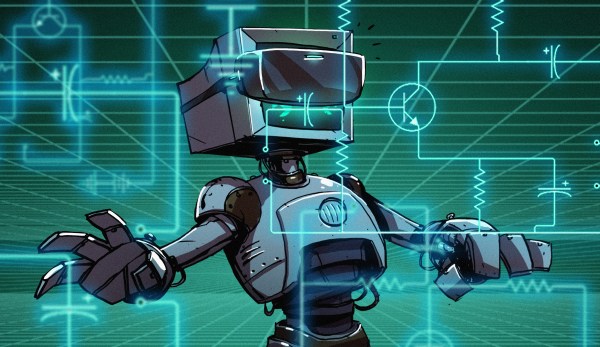Earlier this year, I was required to move my server to a different datacenter. The tech that helped handle the logistics suggested I assign one of my public IPs to the server’s Baseboard Management Controller (BMC) port, so I could access the controls there if something went sideways. I passed on the offer, and not only because IPv4 addresses are a scarce commodity these days. No, I’ve never trusted a server’s built-in BMC. For reasons like this MegaOWN of MegaRAC, courtesy of a CVSS 10.0 CVE, under active exploitation in the wild.
This vulnerability was discovered by Eclypsium back in March and it’s a pretty simple authentication bypass, exploited by setting an X-Server-Addr header to the device IP address and adding an extra colon symbol to that string. Send this along inside an HTTP request, and it’s automatically allowed without authentication. This was assigned CVE-2024-54085, and for servers with the BMC accessible from the Internet, it scores that scorching 10.0 CVSS.
We’re talking about this now, because CISA has added this CVE to the official list of vulnerabilities known to be exploited in the wild. And it’s hardly surprising, as this is a near-trivial vulnerability to exploit, and it’s not particularly challenging to find web interfaces for the MegaRAC devices using tools like Shodan and others.
There’s a particularly ugly scenario that’s likely to play out here: Embedded malware. This vulnerability could be chained with others, and the OS running on the BMC itself could be permanently modified. It would be very difficult to disinfect and then verify the integrity of one of these embedded systems, short of physically removing and replacing the flash chip. And malware running from this very advantageous position very nearly have the keys to the kingdom, particularly if the architecture connects the BMC controller over the PCIe bus, which includes Direct Memory Access.
This brings us to the really bad news. These devices are everywhere. The list of hardware that ships with the MegaRAC Redfish UI includes select units from “AMD, Ampere Computing, ASRock, ARM, Fujitsu, Gigabyte, Huawei, Nvidia, Supermicro, and Qualcomm”. Some of these vendors have released patches. But at this point, any of the vulnerable devices on the Internet, still unpatched, should probably be considered compromised. Continue reading “This Week In Security: MegaOWNed, Store Danger, And FileFix” →

















